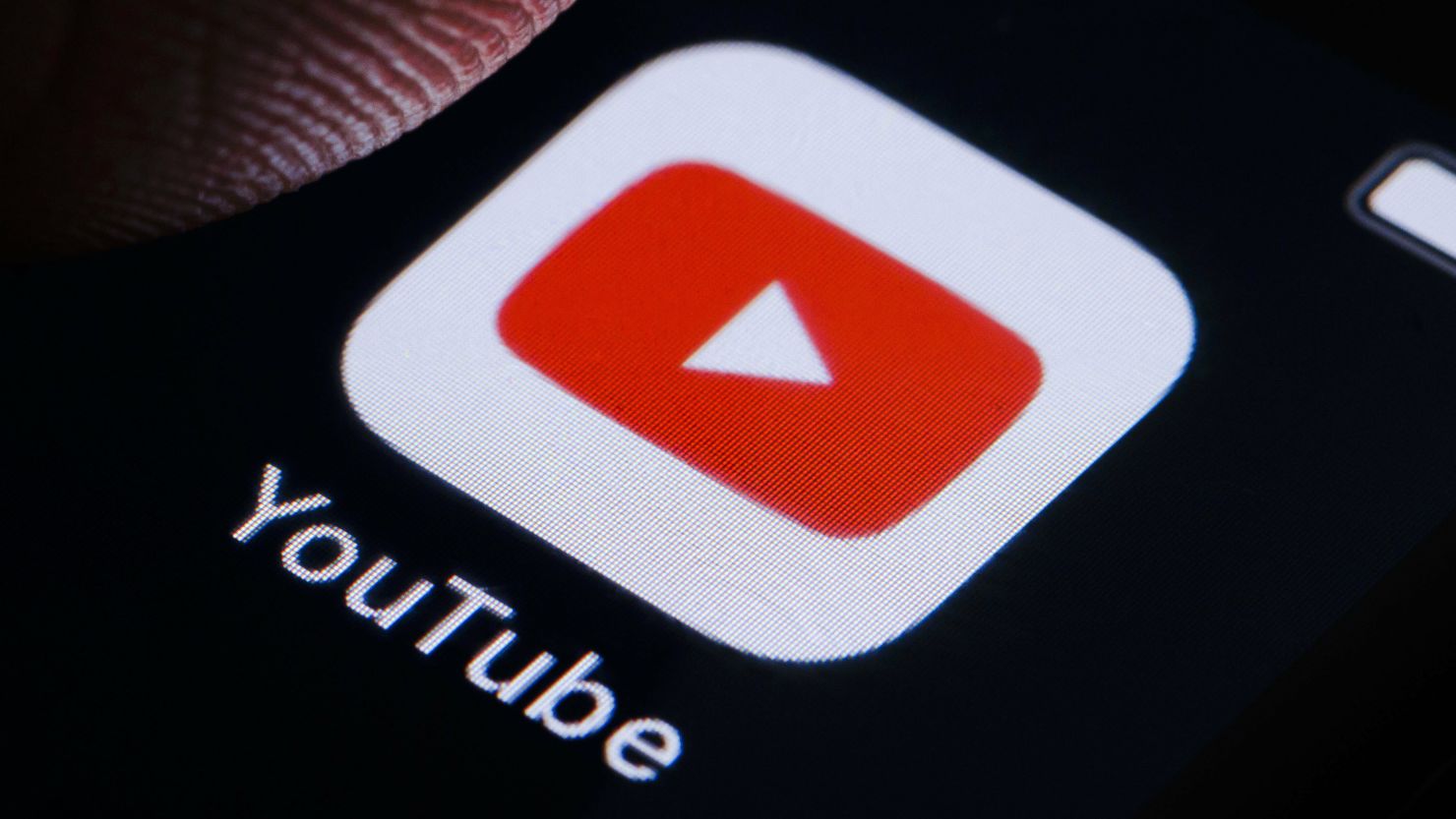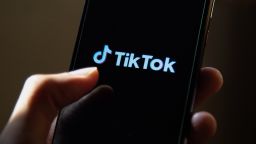YouTube says hundreds of thousands of creators are now earning a paycheck from posting short-form videos on the platform, as it ramps up its race to compete with rivals like TikTok and Instagram. It hasn’t been cheap: the Google-owned platform is shelling out tens of thousands of dollars to some of its top Shorts creators — like beauty influencer Sydney Morgan — every month.
YouTube began offering creators a share of ad revenue for Shorts last year as its TikTok copycat feature struggled to stand out in the fiercely competitive landscape of online short-form video. Now, more than a quarter of the more than 3 million creators in its YouTube Partner Program are earning money on Shorts, often in addition to traditional long-form videos, the company announced in a blog post Thursday.
YouTube says the fresh data to its ability to incentivize existing creators to try out a new format — and to attract new users. The Google-owned platform is banking on its deep pockets and long history of partnering with creators in its effort to continue growing Shorts.
“We look at it as giving creators the tools they need to reach viewers where they are, and viewers are definitely into short-format, snackable content, in addition to all the other formats that we offer,” Amjad Hanif, YouTube’s vice president of product, told CNN in an exclusive interview alongside Vice President of Americas Tara Walpert Levy ahead of Thursday’s announcement.
For YouTube, long the dominant force in online video, growing Shorts is crucial to staying relevant and maintaining its business in the face of TikTok’s popularity, as well as growing competition from Instagram, Snapchat, X and others. It still has room to grow: YouTube said Thursday that Shorts now has 70 billion average daily views, whereas Meta said last year that its short-form videos, Reels, had reached 200 billion average daily plays across Facebook and Instagram.
Short-form video has the potential to be a cash cow: Meta said in July that Reels was set to bring in $10 billion in annual advertising revenue. (YouTube, which notched more than $31 billion in total ad revenue from across the platform last year, declined to share specific sales numbers for Shorts.)
To bring in those advertising dollars, platforms need creators to make the content to sell ads on. YouTube says its 16-year-old Partner Program, through which it pays creators, is unique because it offers creators a portion of the ad revenue it earns, rather than paying them from a set “creator fund,” a model used by competitor platforms.
“If you’re choosing to build a business, invest in the studio, or invest in a camera to shoot your next set of videos, you can’t do that if you don’t have a program you can rely on,” Hanif said, adding that reliability and transparency is what sets YouTube’s program apart for creators. “You’re able to understand how you earn,” he added. “It’s not a different set of rules that changes.”
TikTok, by contrast, took heat from some creators last year for changing its rules around how it pays creators for their content.
The possibility of a TikTok ban in the United States — after the House passed a bill that would require TikTok to separate from its Chinese parent company or be banned from US app stores — has also raised questions about the potential for competitor platforms to gain a bigger foothold in the short-form video space. But YouTube’s executives say they’re not counting on that.
“We’ve always operated in a competitive landscape, we will always operate in a competitive landscape,” Walpert Levy said. “There’s obviously a ton of changes going on in the ecosystem around us. But our strategy remains the same.”
‘TikTok-ification’ of YouTube faces mixed reviews
YouTube’s investment is paying off in a big way for some creators.
Morgan, the beauty creator, started posting content on Instagram and then on YouTube during the pandemic, having grown up learning makeup tricks from YouTubers who came before her.
Although she started posting in 2020, Morgan said her YouTube audience really took off after the platform rolled out Shorts the following year. On the day of the feature’s launch, she posted a Short showing emoji-inspired makeup looks that racked up a “crazy” 30 million views.
“The nature of short-form content is that it can be consumed so quickly, and it’s the best format to cast a wide net and pull in new viewers,” Morgan told CNN. “I use Shorts as a supplement to reach new audiences and funnel them into my long-form now.”
Shorts is now Morgan’s primary income source, too, amounting to around $20,000 each month, two-thirds of her total earnings from YouTube, she said.
“I make more from just YouTube Shorts (revenue) sharing in a month than I can make on other comparable platforms in a year,” she said.
YouTube declined to share data around the total amounts it’s paid to creators for Shorts in the year since it added the feature to the YouTube Partner Program.
Not all YouTubers are sold on Shorts. Some creators have taken to Reddit — or even posted YouTube videos — expressing frustration that Shorts are now taking up space on YouTube’s homepage and receiving promotion that could make it harder for longtime, long-form YouTubers to gain an audience.
And some creators aren’t keen on making content that fits into a 60-second clip. Destin Sandlin, the creator behind the 17-year-old science education channel SmarterEveryDay, told CNN he’s avoided Shorts because he wants to delve deeply into the topics he teaches viewers about, such as how Kodak makes film or how NASA steers rockets.
“If I was the CEO of YouTube, I would recognize that I posses the most democratized, amazing platform for giving people a voice that’s ever existed, and I would use that for deep, meaningful conversations,” Sandlin said, something that he said he believes is harder with the “TikTok-ification” of the platform.
Sandlin said he now relies heavily on Patreon, a third-party site where viewers can make regular payments to support their favorite creators, in order to continue creating long-form, educational content without having to worry about its performance in the YouTube algorithm.
Still, Hanif said that while he’s heard similar concerns from other YouTubers, he views Shorts as just another format option — and moneymaking opportunity — for creators.
“As an entertainer, you’ve got to meet your viewers where they are,” Hanif said. “In some verticals, it is important to be able to reach your audience in (short-form videos) … The beauty of YouTube is, is that we give you all of those formats to reach all of those segments of your audience in a really efficient way.”











